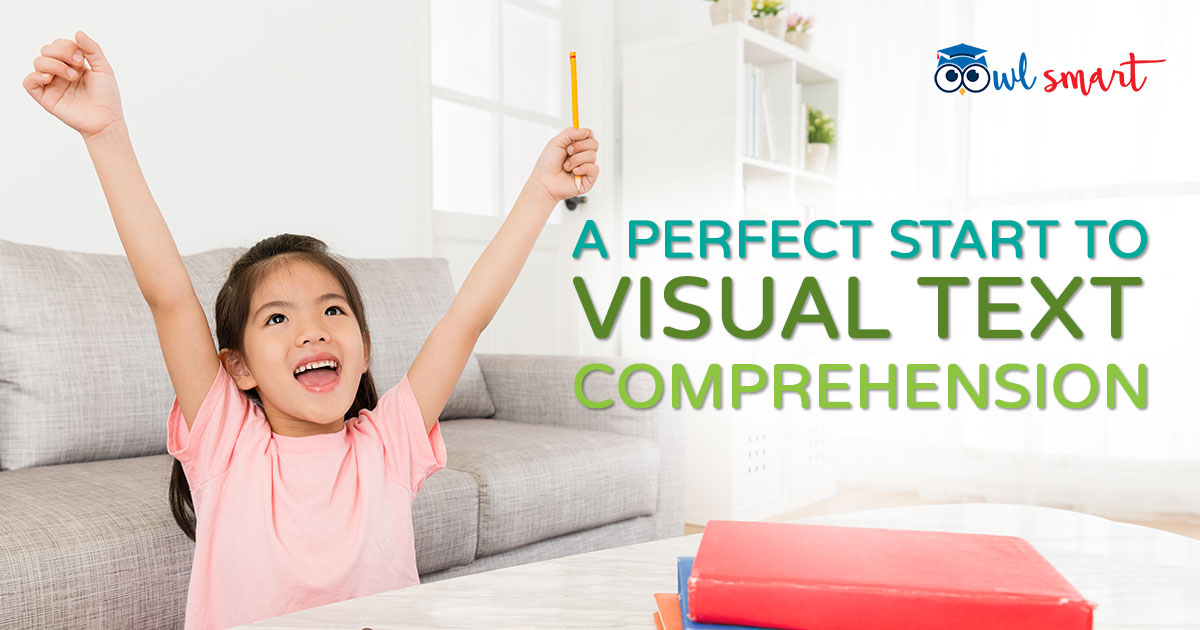
You can have a perfect score for Visual Text Comprehension. You will need to adopt a patient and meticulous approach to achieve this.
In this article, we will identify and explain the requirements of these key Visual Text Comprehension questions that have appeared in recent PSLE papers in their various guises.
Question 1 – The what-is-the-purpose-question
This question requires the student to decide the text's most important function. It is usually the most difficult question as the distractors are usually all factually correct. The student has to rank them in order of functional importance.
Example
What is the main aim of the flyer?
- to attract...
- to advertise...
- to give information...
- to encourage...
The student needs to look at the various suggested actions carefully and pick one. A general guideline is that the suggestions that do not require the audience to respond directly to the flyer or other text types such as an article usually serve as distractors.
Hence, phrases such as 'to tell readers about the benefits' or 'to advertise the free goody bags' are common distractors. Again, close reading of the actual text is essential.
Question 2 – The wolf-in-sheep's-clothing-question
This question requires the student to eliminate three pieces of information that actually appear in the actual text and identify the false information. The student is encouraged to pen down the corrected piece of information next to the erroneous one to ensure accuracy.
Example
Based on the flyer, which one of the following is not true?
Which one of the following statements about Mr. Tan is not true?
The student has to make a degree of inference, based on the context, in order to handle this question well.
Question 3 – The complete-the-provided-fact-question
This question requires the student to highlight, within it, the partial information provided, search for its accompanying details in the text and verify it.
Example
People can have hands-on experience of recycling waste at .
Mui Peng has written a letter about the House of Teddy Bears. She should send her letter to .
The student needs to be meticulous in searching for a relationship between the partial information and one of the four options. Most of the time, the questions require the student to find accompanying details such as the venue of an activity, the person-in-charge of an activity or the manner in which an activity should be carried out.
Question 4 – The what-does-it-refer-to question
This question usually requires close reading of a paragraph or several sentences. Here, the student needs to make inferences and draw a conclusion as the information required is not directly stated in the text.
Example
Look at the section "Hidden Treasure in Magenta Gardens". What does "how else" in the last line of the second paragraph refer to?
In the first paragraph of the "The Story behind Children's Village", the "situation" refers to .
Question 5 – The find-the-connection/similarity question
Here, the student needs to identify two specific pieces of information that are located at different parts of the text. Next, the student has to compare their accompanying details to draw their conclusion as to whether there is a connection or similarity.
Example
What is the similarity between "Treasure Corner" and stalls selling food and drinks?
Wei Liang wants to buy gifts and work with clay. Which two stations should he visit?
Upcoming Workshop
We will be covering more key types of visual text comprehension in an upcoming workshop in September. Meanwhile, stay determined and consistent in your revision.
About the Author
Teacher Chin has more than a decade of experience in teaching English from Primary Two to Primary Six in local primary schools. He is presently, in his free time, having immense enjoyment experimenting with the Nimzo-Indian Defence in chess and trying out the Apacs Lethal 9 in badminton doubles.



